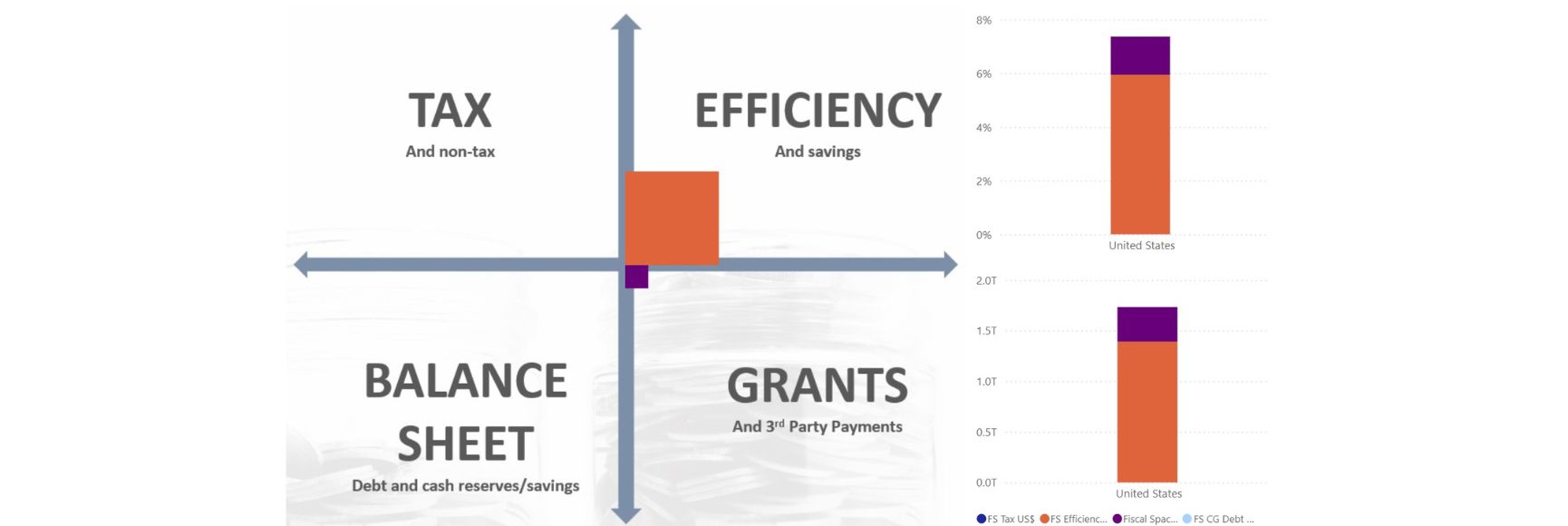Lessons from two decades of effort
Posted by Lewis Hawke
The latest edition of the OECD Journal on Budgeting includes an article on Australian experience with performance budgeting. This is a reprint from the title, Performance Budgeting in OECD Countries (see the January 11, 2008 blog entry Does Performance Budgeting Perform?). It is interesting that the OECD has chosen to highlight this particular chapter. Why did they choose this one in particular? Well for one thing, it offers some useful insights into Australia's relatively long performance budgeting journey to date.
The article notes that, despite the many changes and developments in performance budgeting over more than 20 years, Australia's goals remain consistent with those announced when the country embarked on results-based reforms. For example, the Australian Government’s 1984 White Paper Budget Reform stated the aims for its financial management reform agenda to:
- develop better means to identify and set budget priorities;
- focus attention more clearly on the goals and objective of particular programs in relation to the resources they use;
- develop and apply specific techniques aimed at improving performance and more efficient resource use, and
- set up machinery to ensure that effectiveness and efficiency of programs are reviewed regularly and that the results of such reviews are taken into account in the ongoing evaluation of budgetary priorities.
Those same themes can be found in the rationale for establishing Australia’s strategic review arrangements in 2006.
The article offers several valuable lessons for other practitioners. Firstly, it highlights Australia's incremental approach to reform, gradually building on successes as experience and opportunities dictate. This approach has seen movements in more than one direction, such as combining the move to accrual budgets with outcome-based appropriations, and sometimes reducing emphasis on certain initiatives, such as the comprehensive evaluation plans of the 1990s, only to see them re-emerge, in a more refined form, almost a decade later. The willingness to experiment, learn from the results and readjust where necessary to align with long term objectives is a key feature of the Australian approach.
Secondly, it illustrates the need for persistence and ongoing commitment for the long term. Australia’s experience indicates that sustained reform does not come quickly or easily and the path to success is not straight and smooth. Rather, Australia’s experience is one of spurts of change followed by years of refinement and consolidation, then another spurt, and so on. The spurts seem to follow closely the major political changes, though the overall trend to greater reliance on performance information for budgeting transcends the range of political philosophies.
Thirdly, the gains, in terms of achieving the objectives of reform, are not always clearcut. Some elements are obvious, such as Australia’s adoption of outcome appropriations and publication of performance targets and results at the turn of the century. Others, are less clear and more ambiguous, such as the influence of program performance on budget decisions and policy interventions, and the pervasiveness of a results-oriented culture. The article points to signs that progress has been achieved, such as the comprehensiveness and scale of Australia’s performance-based planning and reporting, but the significance of that progress is not easy to assess.
The article does not answer the question of whether performance budgeting is effective for improving performance and allocative efficiency, but it does provide useful food for thought on what has worked, and what has not, in one of the countries having the longest experience with this form of budgeting.
Finally, the article makes clear that Australia has not reached the end of its reform journey. It highlights areas where further progress is planned, for example, improving the quality of performance information, increasing use of that information in budget decision-making and ensuring that staff have the knowledge and skills required to implement reforms effectively. Perhaps, following the change of government in Australia in late 2007, we can anticipate a further spurt of progress on performance budgeting in the near future?





